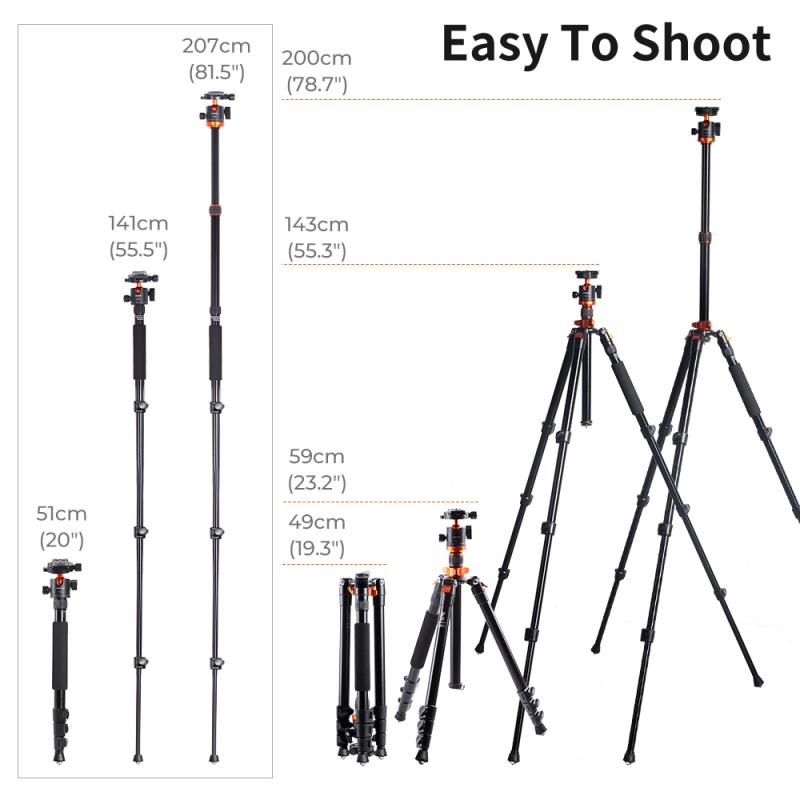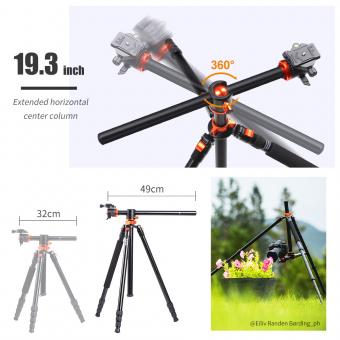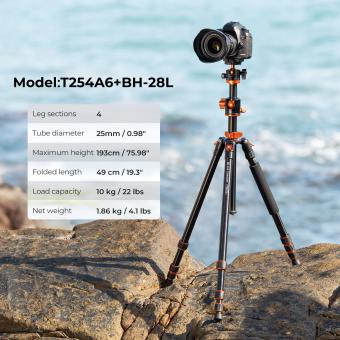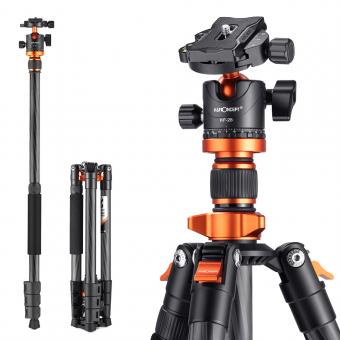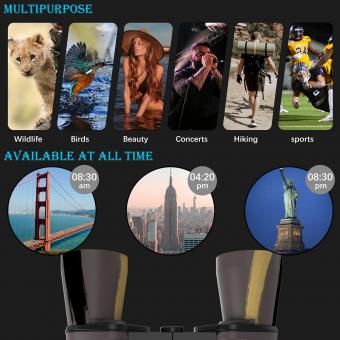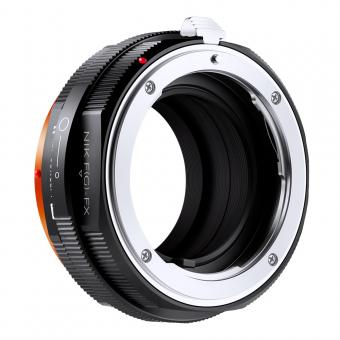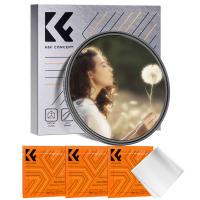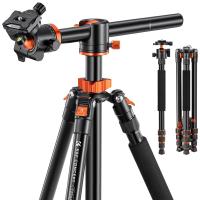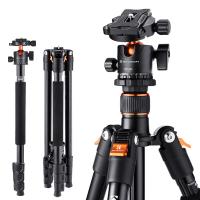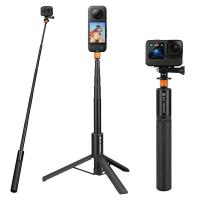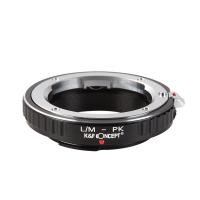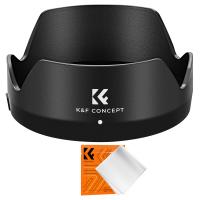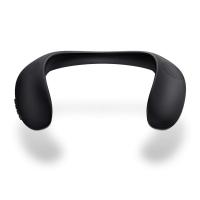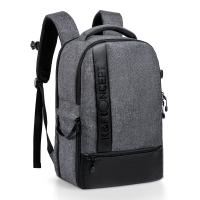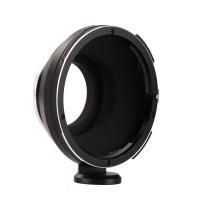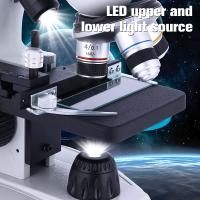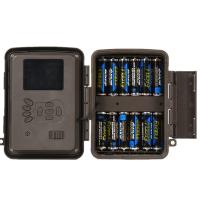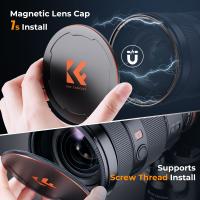Which Monopod To Buy ?
When choosing a monopod, it is important to consider your specific needs and preferences. Some popular options include the Manfrotto XPRO Aluminum Monopod, the Sirui P-326 Carbon Fiber Monopod, and the Vanguard VEO 2 AM-264TR Aluminum Monopod. These monopods offer different features such as adjustable height, lightweight design, and sturdy construction. It is recommended to read reviews and compare specifications to find the monopod that best suits your photography or videography requirements.
1、 Types of Monopods: Tripod Monopods, Telescopic Monopods, Fluid Head Monopods
When it comes to choosing a monopod, there are several types available in the market. The three main types of monopods are tripod monopods, telescopic monopods, and fluid head monopods. Each type has its own advantages and is suitable for different photography or videography needs.
Tripod monopods are a hybrid between a tripod and a monopod. They have three legs that can be extended and adjusted like a tripod, providing stability and support. This type of monopod is great for photographers who require a balance between portability and stability. Tripod monopods are ideal for shooting in low light conditions or when using heavy lenses.
Telescopic monopods, on the other hand, are lightweight and compact. They consist of a single extendable pole that can be adjusted to different heights. Telescopic monopods are perfect for photographers who are constantly on the move and need a quick and easy setup. They are also great for shooting in crowded areas or when traveling light.
Fluid head monopods are designed for videographers who require smooth panning and tilting movements. They feature a fluid head that allows for precise control and smooth motion. Fluid head monopods are commonly used in sports or wildlife photography, where capturing fast-moving subjects is crucial.
When deciding which monopod to buy, it is important to consider your specific needs and shooting style. If you prioritize stability and versatility, a tripod monopod might be the best option. If portability and quick setup are more important, a telescopic monopod would be a good choice. For videographers, a fluid head monopod would provide the necessary smoothness and control.
Ultimately, the best monopod for you will depend on your individual preferences and requirements. It is recommended to try out different types and brands before making a purchase to ensure that you find the one that suits you best.

2、 Weight Capacity: Lightweight Monopods, Heavy-duty Monopods
When it comes to choosing a monopod, one of the key factors to consider is the weight capacity. This will determine the maximum weight that the monopod can support, ensuring stability and preventing any potential damage to your camera equipment.
For those who prefer lightweight and portable options, lightweight monopods are the way to go. These monopods are typically made from lightweight materials such as carbon fiber, making them easy to carry around during outdoor shoots or while traveling. They are ideal for photographers who use smaller cameras or lenses and do not require heavy-duty support. Additionally, lightweight monopods are often more affordable compared to their heavy-duty counterparts.
On the other hand, heavy-duty monopods are designed to support heavier camera setups. They are constructed with sturdier materials such as aluminum or steel, providing greater stability and durability. Heavy-duty monopods are suitable for professional photographers or videographers who work with larger cameras, telephoto lenses, or other heavy accessories. They can handle the weight and provide a solid base for capturing steady shots.
It is important to note that the weight capacity of a monopod should exceed the weight of your camera setup to ensure optimal performance and safety. Additionally, consider factors such as height adjustability, grip comfort, and additional features like quick-release plates or fluid heads.
Ultimately, the choice between a lightweight or heavy-duty monopod depends on your specific needs and equipment. Assess the weight of your camera setup and the type of photography you engage in to make an informed decision.

3、 Height Range: Short Monopods, Tall Monopods, Adjustable Monopods
When it comes to choosing a monopod, the height range is an important factor to consider. The height range of a monopod determines its versatility and suitability for different shooting situations. There are three main options to choose from: short monopods, tall monopods, and adjustable monopods.
Short monopods are typically compact and lightweight, making them ideal for travel and situations where portability is key. They are great for shooting at eye level or slightly above, but may not be suitable for capturing high-angle shots or reaching taller subjects. However, advancements in technology have led to the development of short monopods with extendable sections, allowing for a bit more height flexibility.
Tall monopods, on the other hand, offer a greater height range, making them suitable for capturing shots from a higher perspective. They are particularly useful for sports and wildlife photography, where you may need to shoot over crowds or obstacles. However, they can be bulkier and heavier to carry around.
If you're looking for the best of both worlds, an adjustable monopod is the way to go. These monopods come with telescopic sections that can be extended or retracted to achieve the desired height. They offer the flexibility to adapt to different shooting situations, making them a popular choice among photographers.
Ultimately, the choice of which monopod to buy depends on your specific needs and shooting style. Consider factors such as portability, weight, and the types of photography you engage in. It's also worth checking out reviews and seeking recommendations from fellow photographers to get the latest point of view on the best monopods available in the market.
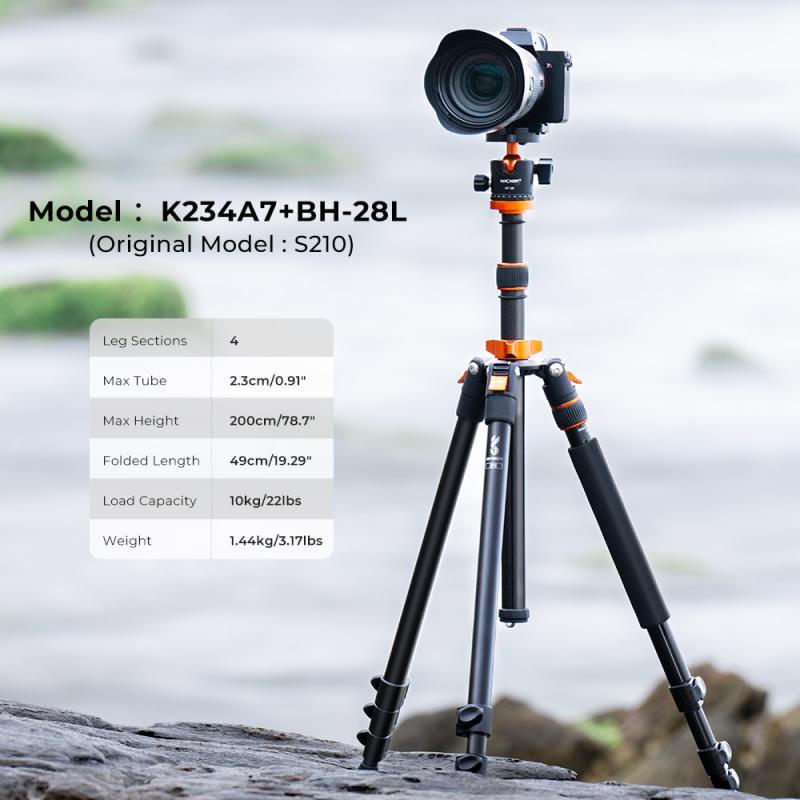
4、 Material: Aluminum Monopods, Carbon Fiber Monopods
When it comes to choosing between aluminum monopods and carbon fiber monopods, there are a few factors to consider. Both materials have their own advantages and disadvantages, so it ultimately depends on your specific needs and preferences.
Aluminum monopods are generally more affordable compared to carbon fiber monopods. They are also known for their durability and sturdiness, making them a great choice for photographers who require a reliable support system. Aluminum monopods are also relatively lightweight, making them easy to carry around during outdoor shoots or while traveling. However, they may not be as lightweight as carbon fiber monopods.
On the other hand, carbon fiber monopods are known for their exceptional strength-to-weight ratio. They are incredibly lightweight, making them ideal for photographers who need to move quickly or shoot for extended periods of time. Carbon fiber monopods also offer excellent vibration reduction, which can be beneficial when shooting in low light conditions or with long telephoto lenses. However, they tend to be more expensive compared to aluminum monopods.
In recent years, there have been advancements in both aluminum and carbon fiber technologies. Some aluminum monopods now feature innovative designs and materials that offer improved strength and reduced weight. Similarly, carbon fiber monopods have become more affordable and accessible to a wider range of photographers.
Ultimately, the decision between aluminum and carbon fiber monopods depends on your budget, shooting style, and specific requirements. If you prioritize affordability and durability, an aluminum monopod may be the right choice for you. However, if you value lightweight construction and vibration reduction, a carbon fiber monopod may be worth the investment.
